Experience northern Vietnam’s untamed beauty on foot with our comprehensive guide to Ha Giang trekking tours. Discover hidden trails, authentic cultural encounters, and practical planning advice for your next adventure.
1. Why Trek in Ha Giang?
Ha Giang province stands as Vietnam’s final frontier for adventure travelers seeking authentic experiences away from well-trodden tourist paths. This northernmost region shares a border with China and showcases some of Southeast Asia’s most dramatic landscapes. Limestone karst mountains rise dramatically from emerald valleys, creating a backdrop that feels almost otherworldly in its beauty. Rivers carve through deep gorges while terraced rice fields climb impossibly steep hillsides, changing colors with each season.
Unlike the more accessible Sapa, Ha Giang offers trekking experiences that remain relatively untouched by mass tourism. The remote trails wind through villages where ethnic minority groups maintain centuries-old traditions and lifestyles largely unchanged by modern influences. Trekking here means genuine encounters with Hmong, Dao, Tay, and Lo Lo communities, each with distinct cultures, languages, and colorful traditional dress.
Ha Giang’s appeal lies in its perfect combination of physical challenge, cultural immersion, and spectacular scenery. The province’s UNESCO-recognized Dong Van Karst Plateau Geopark features geological formations dating back 400-500 million years. Walking these ancient paths connects you to both nature and human history in profound ways rarely found elsewhere in increasingly developed Vietnam.
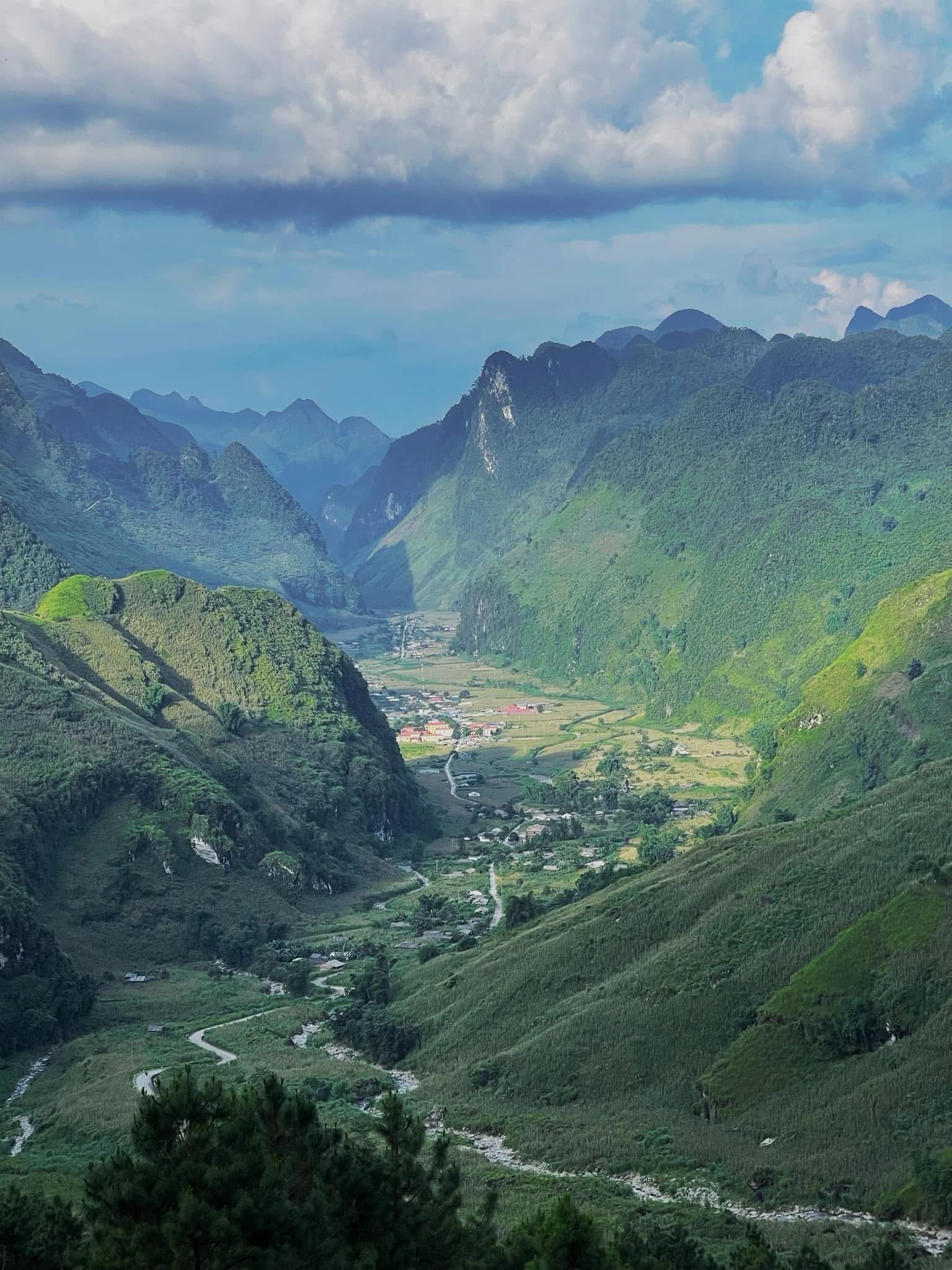
Top 4 rice fields Vietnam destinations & perfect times to go
2. Best Ha Giang Trekking Tours in 2025: Top Itineraries & Providers
When selecting a Ha Giang trekking tour, travelers have numerous options ranging from short excursions to multi-day adventures. The most reputable tour providers combine expert local guides with well-planned itineraries that balance hiking challenges with cultural experiences. These companies also prioritize responsible tourism practices that benefit local communities and minimize environmental impact.
Ha Giang Trails offers highly-rated 3-day tours focusing on the spectacular Dong Van Karst Plateau. Their experienced guides come from local ethnic communities and provide unique cultural insights beyond what independent travelers typically access. Conical Travel specializes in longer 5-day immersive experiences that venture into remote valleys where few tourists venture. Their homestay arrangements with ethnic minority families consistently receive excellent reviews for authenticity and comfort.
For travelers seeking premium experiences, Mr. Linh’s Adventures provides small-group treks with enhanced comfort options and professional guides fluent in English and other languages. Local operator Phieu Travel stands out for customizable itineraries that can accommodate different fitness levels while maintaining access to Ha Giang’s most breathtaking landscapes. Their community-based tourism model ensures fair compensation for local guides and homestay hosts.
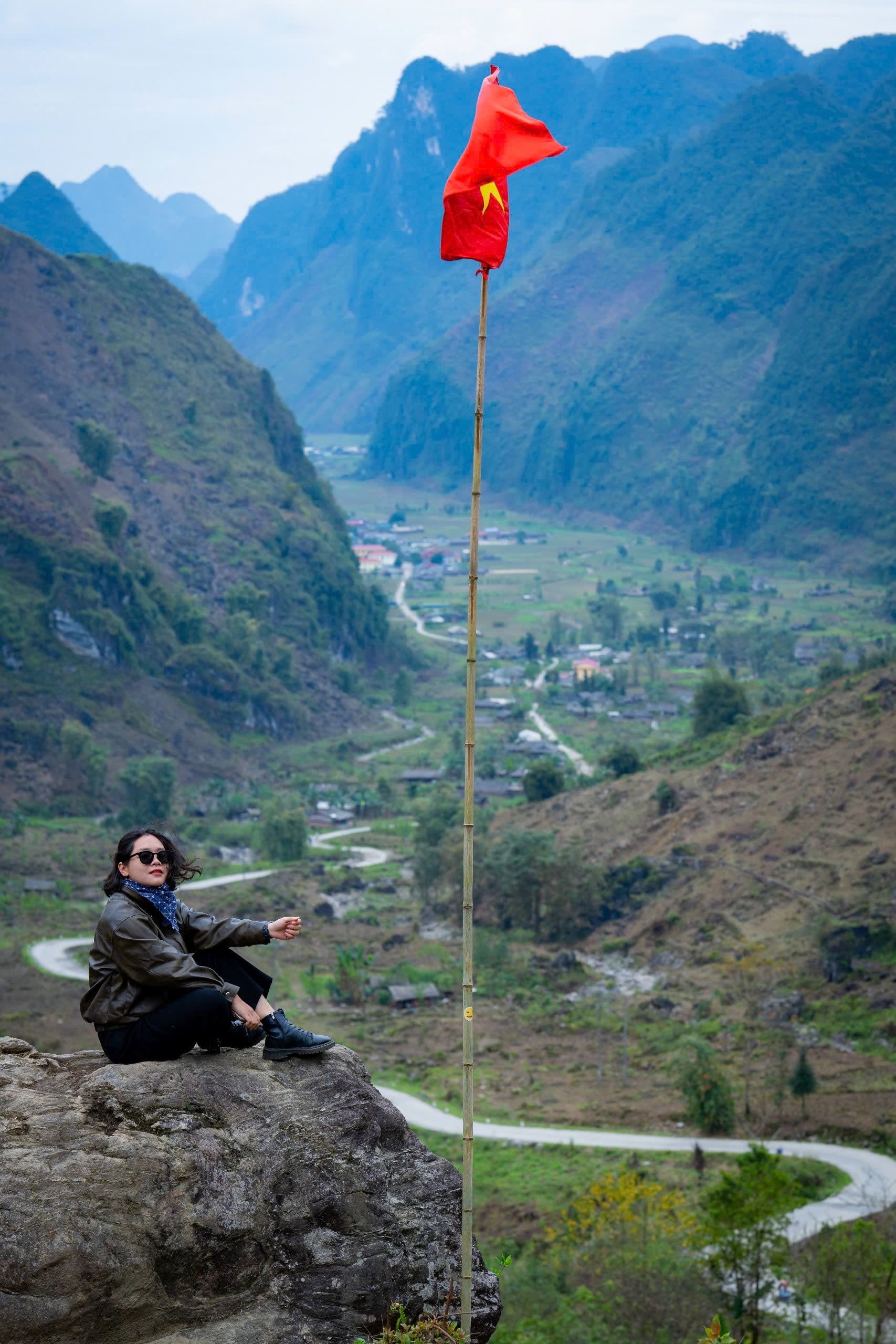
The Ultimate Ha Giang Loop Guide (2025): Itinerary, Map & Tips
3. Detailed Trekking Routes (3, 4, 5, 7-Day Options)
These detailed itineraries are designed to showcase the best of Ha Giang’s diverse landscapes and cultures. From a quick introduction to an in-depth adventure, there’s a route for every type of traveler and fitness level.
3.1 3-Day Ha Giang Classic Trekking Itinerary
The 3-day classic trek offers an ideal introduction to Ha Giang’s landscapes and cultures for those with limited time. Day one typically begins with an early departure from Ha Giang City to Quan Ba district, known for its iconic “Fairy Mountain” twin peaks. After a warm-up trek through Tay and Dao villages nestled among pine forests, the afternoon features a moderate 4-5 kilometer hike to a local homestay where travelers enjoy home-cooked meals and cultural exchange.
Day two presents the journey’s most challenging section as trekkers ascend mountain trails for spectacular panoramic views of the Dong Van Karst Plateau. The 12-15 kilometer route traverses diverse terrain from bamboo forests to rocky paths alongside rice terraces. Lunch often takes place in small Hmong villages before continuing to the historic Lung Tam textile village, where the traditional hemp weaving techniques can be observed firsthand.
The final day combines a morning trek through valleys surrounding Meo Vac with an afternoon visit to the magnificent Ma Pi Leng Pass. The 6-8 kilometer walking route follows the Nho Que River before connecting with transportation back to Ha Giang City. This condensed itinerary effectively showcases the region’s highlights while maintaining a manageable pace for moderately fit travelers.
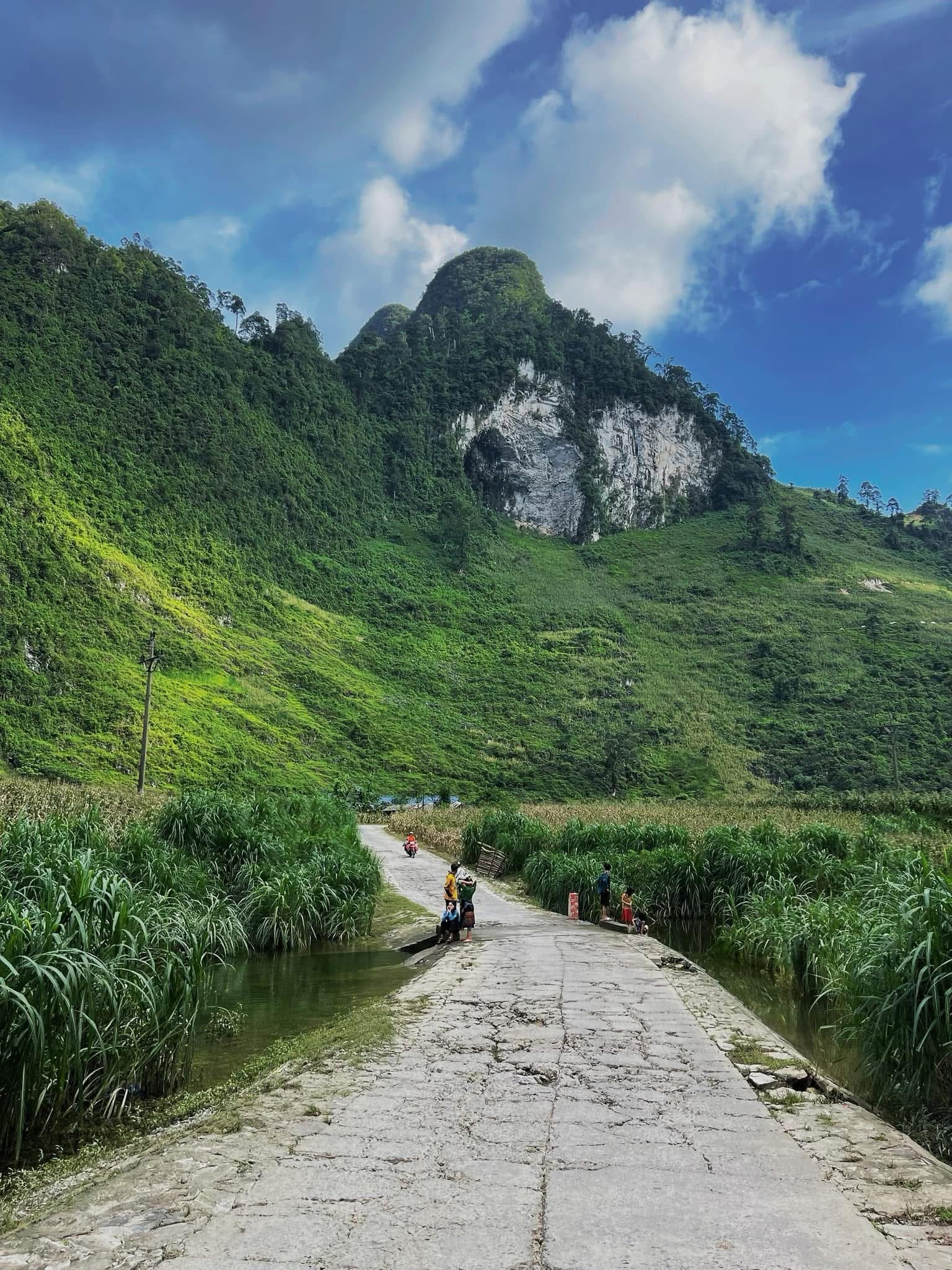
3.2 4-Day Remote Villages and Mountain Trails
The 4-day trekking option allows for deeper exploration beyond the standard tourist circuit. Beginning with a similar route to Quan Ba, this extended journey continues north toward the Chinese border region. The additional day enables more substantial daily hiking distances of 10-15 kilometers while incorporating overnight stays in smaller, less-visited ethnic villages.
Highlights include crossing the high-altitude Nam Yang valley, home to the colorful Pa Then minority group known for their indigo dyeing traditions. The trek also incorporates the dramatic landscapes around Lung Cu, Vietnam’s northernmost point marked by its iconic flag tower. Trekkers experience more challenging terrain with significant elevation changes, revealing hidden waterfalls and pristine forest sections.
This itinerary typically includes a memorable homestay with Red Dao families, renowned for their traditional herbal bath rituals offered to guests. The cultural exchanges become more intimate with fewer tourists in these remote areas, and the final day’s descent through terraced fields provides both spectacular photography opportunities and a satisfying conclusion to a comprehensive Ha Giang trekking experience.
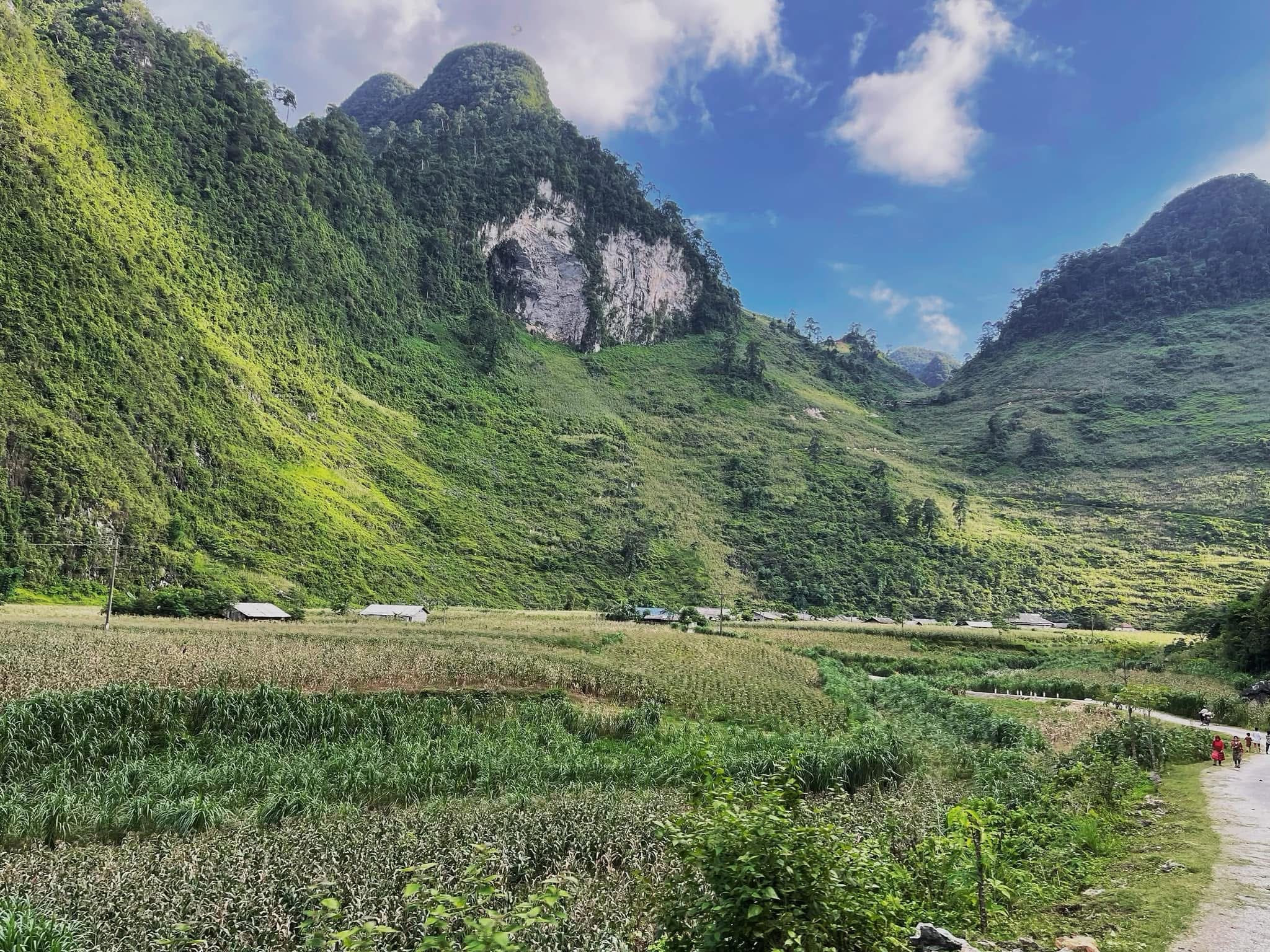
3.3 5-Day Ultimate Off-the-Beaten-Path Adventure
For serious trekking enthusiasts, the 5-day Ha Giang adventure reaches truly remote corners of the province rarely seen by foreign visitors. This challenging itinerary requires good physical fitness but rewards trekkers with pristine natural environments and authentic cultural immersion. Daily hiking distances range from 15-20 kilometers across varied and sometimes difficult terrain.
The extended route ventures west from traditional trekking areas into the less-explored Ta Xua region, famous for its cloud hunting opportunities where trekkers can walk above the clouds in favorable weather conditions. Village homestays in this itinerary often lack modern amenities, but compensate with unparalleled authenticity and spectacular settings overlooking vast mountain ranges.
A major highlight comes on day four with an ascent to Tay Con Linh peak, Ha Giang’s highest mountain at 2,431 meters. The substantial elevation gain challenges even experienced hikers but offers extraordinary views across the province and into neighboring China. The final day includes a special forest trek through old-growth areas with diverse flora before concluding at natural hot springs a perfect recovery for tired muscles after this demanding but unforgettable journey.

3.4 7-Day Complete Ha Giang Circuit Trek
The 7-day circuit represents the ultimate Ha Giang trekking experience, circumnavigating the province’s most significant natural and cultural highlights. This comprehensive journey allows trekkers to experience the full diversity of Ha Giang’s landscapes and ethnic cultures at a more relaxed pace. Daily hiking distances average 10-12 kilometers, making the experience accessible to reasonably fit travelers despite its length.
Beginning in Ha Giang City, the route progresses through increasingly remote terrain, visiting all major ethnic regions including Hmong, Dao, Tay, Lo Lo, Pa Then, and Nung communities. The extended timeframe allows for full immersion in local activities like market visits, agricultural activities, and traditional craft demonstrations. Special cultural experiences include participation in evening music performances and opportunities to learn basic cooking techniques from homestay hosts.
Natural highlights include the complete Dong Van Karst Plateau circuit, exploring Tu San canyon (Southeast Asia’s deepest gorge), and visiting multiple waterfalls accessible only by foot. The itinerary incorporates rest days in particularly scenic locations, allowing time for photography, relaxation, and deeper cultural engagement. This weeklong journey provides the most complete understanding of Ha Giang’s extraordinary landscapes and fascinating ethnic diversity.
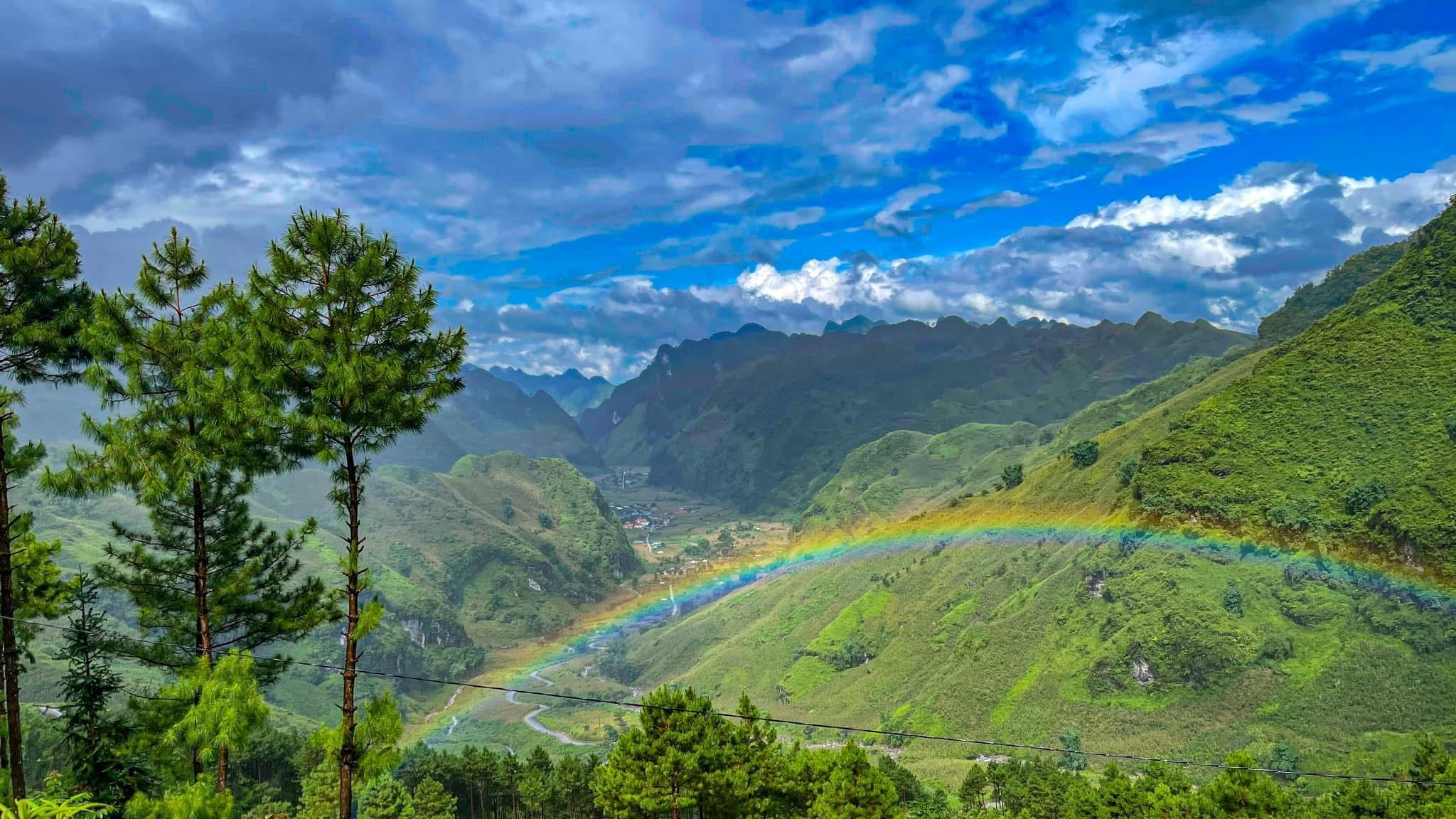
Ha Giang Lonely Tree: A 250-Year-Old Attraction & Photo Spot
4. Essential Packing & Preparation Tips for Ha Giang Treks
Proper preparation significantly enhances the Ha Giang trekking experience, beginning with appropriate footwear. Sturdy, water-resistant hiking boots with ankle support prove essential for navigating the region’s varied terrain from muddy paths to rocky slopes. Breaking in new boots before arrival prevents painful blisters that can ruin even the most spectacular trek. Quick-dry clothing in breathable fabrics works best, ideally in layers to accommodate temperature fluctuations common in mountain environments.
The region’s weather varies dramatically by season and elevation, requiring careful packing consideration. Waterproof outer layers are crucial during the May-September rainy season, while warm layers including thermal base garments become necessary for December-February treks when nighttime temperatures can approach freezing in higher elevations. A compact sleeping bag liner adds comfort at basic homestays, while a quality daypack with rain cover protects essentials during daily hikes.
Health preparations should include basic medications, high-SPF sunscreen, insect repellent, and water purification options. Most tour providers recommend securing travel insurance covering emergency evacuation due to Ha Giang’s remote nature and limited medical facilities. Fitness preparation through regular cardio and strength training in the weeks before departure significantly enhances enjoyment of the experience, particularly for multi-day treks involving significant elevation gain.
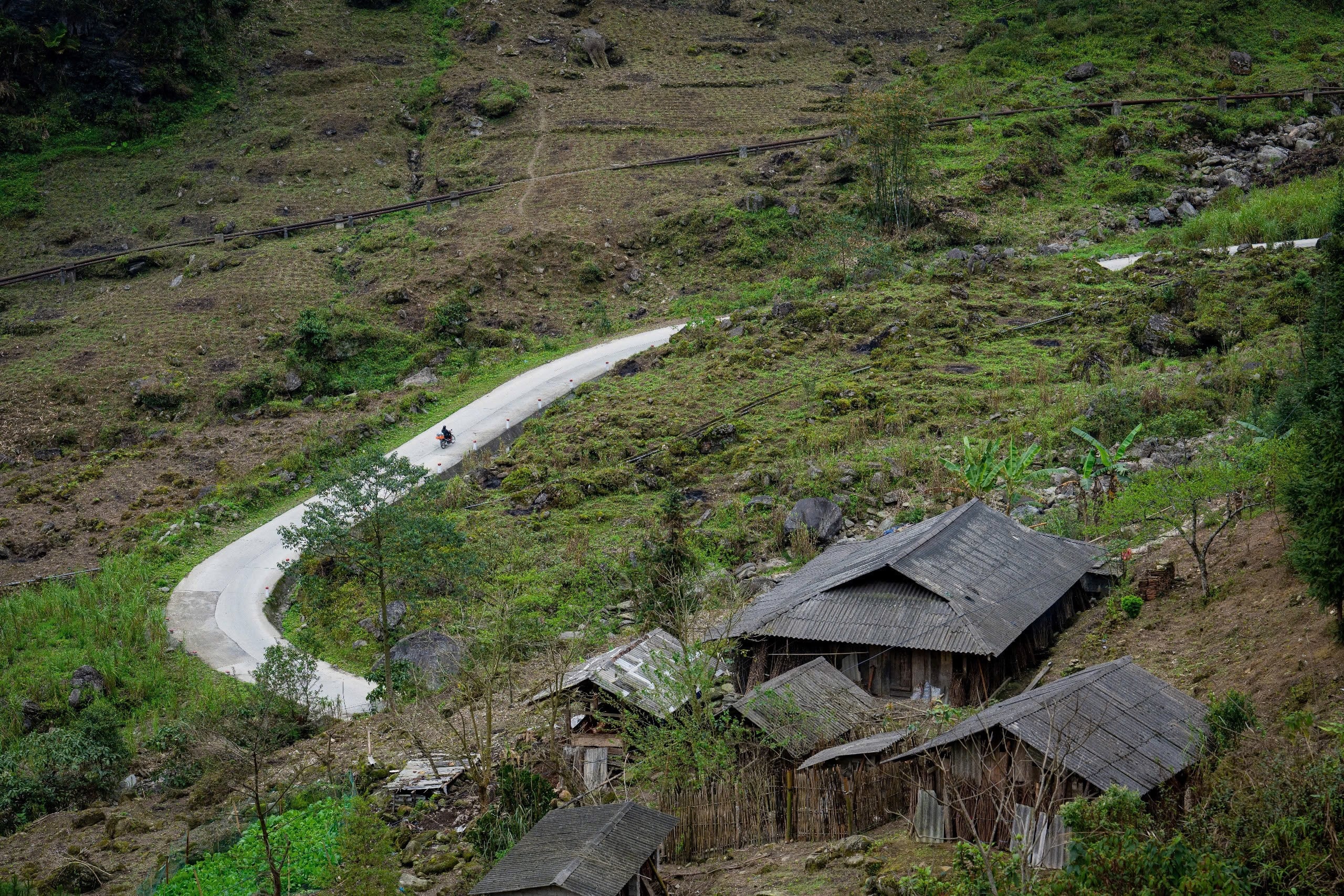
5. Meeting Ha Giang’s Ethnic Minorities: Culture & Homestays
Ha Giang province hosts extraordinary ethnic diversity with over 20 different minority groups maintaining distinct traditions across its mountainous terrain. The Hmong people represent the largest population, recognized by their elaborate indigo-dyed clothing and complex silver jewelry that indicates marital status and clan affiliation. Their villages, often positioned at higher elevations, feature traditional wooden houses with unique architectural elements reflecting centuries of adaptation to mountain environments.
Trekking routes typically include overnight homestays offering genuine cultural immersion beyond what day-trippers experience. The Red Dao people, known for their expertise in herbal medicine, often welcome trekkers with traditional baths using forest-gathered medicinal plants a perfect remedy for hiking-sore muscles. Meals in homestays showcase local specialties like thắng cố (a hearty meat stew), smoked meats, and rice wine served in communal settings that facilitate meaningful exchanges despite language differences.
Responsible trekkers approach cultural interactions with respect and openness, learning basic greetings in local languages and asking permission before photographing people or their homes. The best trekking guides facilitate genuine connections by explaining cultural context and appropriate behavior in different situations. Many homestays now include cultural demonstrations like textile weaving, blacksmithing, or traditional musical performances, providing additional income streams for communities while preserving endangered cultural practices.
6. Ha Giang Weather & Best Trekking Seasons
Ha Giang experiences distinct seasonal variations that significantly impact trekking conditions throughout the year. The period from September to November offers ideal trekking weather with clear skies, moderate temperatures (averaging 15-25°C), and minimal rainfall. This autumn season coincides with the spectacular rice harvest when terraced fields transform into golden amphitheaters cascading down mountainsides. Late October brings the additional visual feast of buckwheat flowers covering hillsides in vibrant pink and purple hues.
Spring (March-April) presents another excellent trekking window with comfortable temperatures and blooming flowers, including the famous ban flowers (wild white bauhinia) that blanket entire mountainsides. Water levels in streams and waterfalls reach their most impressive after winter rains, enhancing the already dramatic landscapes. This period also features fewer tourists compared to the popular autumn months, allowing more authentic interactions with local communities.
Experienced trekkers sometimes brave the December-February winter season for its crystal-clear mountain views and empty trails, though nighttime temperatures can drop to 5-10°C in higher elevations. The challenging summer monsoon season (May-August) brings heavy rainfall that can render some trails impassable and obscure mountain views with thick mist and cloud cover. However, this period transforms rice terraces into spectacular mirrors reflecting sky and mountains a photographer’s dream for those willing to navigate occasionally difficult conditions.
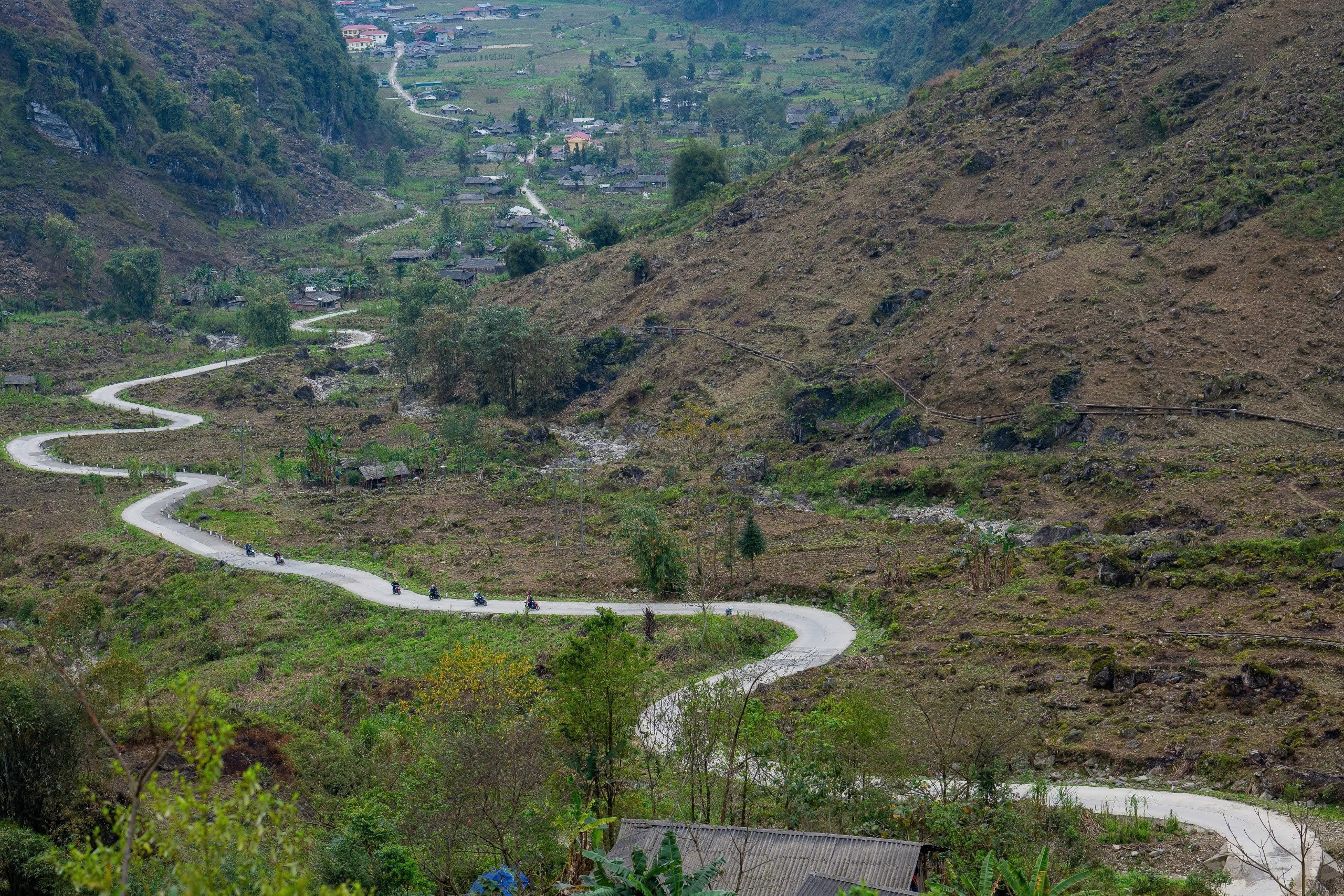
The Best Time to Visit Ha Giang: A Seasonal Guide to Flowers & Festivals
7. How to Get Trekking Permits in Ha Giang
Navigating permit requirements represents an essential preparation step for Ha Giang trekking adventures. The province borders China and contains designated border zones requiring special permissions beyond standard Vietnamese visas. All foreign visitors must obtain a general Ha Giang travel permit (sometimes called the “Ha Giang Loop Permit”) regardless of whether they plan to trek or travel by vehicle.
The standard travel permit costs approximately 210,000-230,000 VND (about $9-10 USD) per person and can be arranged through hotels, tour operators, or directly at the Ha Giang Immigration Office located at 415 Tran Phu Street in Ha Giang City. Processing typically takes under 30 minutes with passport submission, though preparing photocopies in advance expedites the process. This general permit covers most popular trekking areas including the Dong Van Karst Plateau Geopark.
For treks extending into sensitive border areas like Lung Cu or certain remote villages near the Chinese border, additional permits may be required. These special zone permits often necessitate advance application through licensed tour operators with government connections. Independent trekkers should research specific requirements for their intended routes, as regulations occasionally change and certain areas may temporarily close to foreigners with minimal notice. Reputable trekking companies typically include all necessary permit arrangements as part of their service packages.
8. Health, Safety, and Responsible Trekking Practices
Trekking in Ha Giang’s remote mountains requires thorough health and safety preparations. Medical facilities in the region remain limited, with comprehensive care available only in Hanoi, approximately 300 kilometers away. Trekkers should carry personal first aid supplies including bandages, antiseptic, pain relievers, anti-diarrheal medication, and any prescription medications. Purchasing comprehensive travel insurance with emergency evacuation coverage provides essential protection given the region’s remoteness.
Weather-related safety considerations include checking seasonal forecasts before departure and remaining flexible with itineraries during the rainy season when flash flooding and landslides pose genuine risks. Staying hydrated proves crucial in all seasons, but water sources require treatment with purification tablets, filtration systems, or thorough boiling before consumption. Most organized tours provide potable water, reducing plastic waste from disposable bottles an important environmental consideration.
Responsible trekking extends to cultural and environmental practices that preserve Ha Giang’s unique heritage. Following established trails prevents erosion and damage to often-fragile alpine ecosystems. Supporting community-based tourism initiatives through locally-owned homestays and guides ensures economic benefits remain within Ha Giang rather than flowing to outside companies. Respectful behavior in minority villages includes modest dress covering shoulders and knees, removing shoes when entering homes, and seeking permission before photographing people or religious sites.
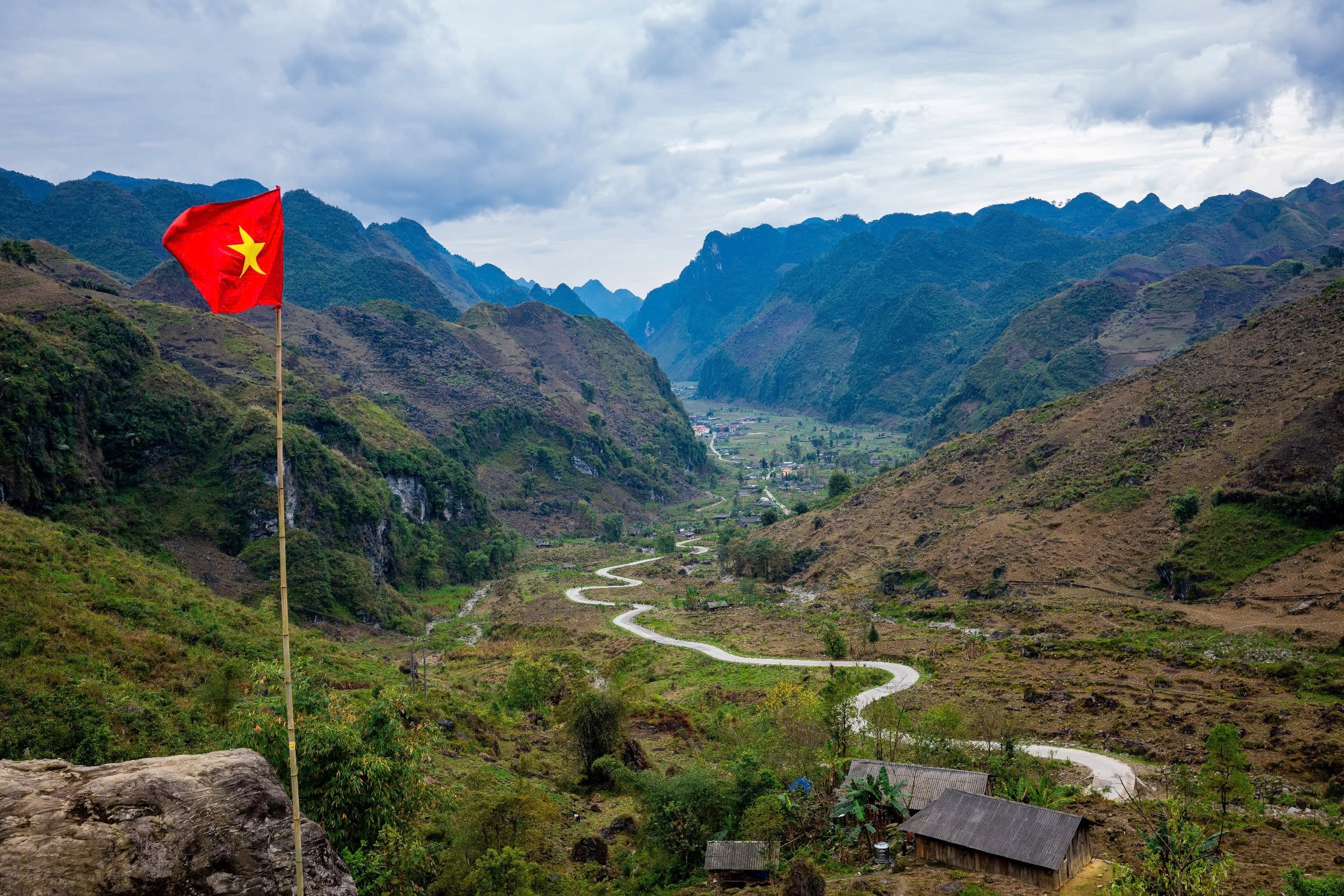
9. Ha Giang Trekking vs. Motorbike Loop: Which Should You Choose?
The Ha Giang Loop has gained international fame primarily as a motorbike adventure, raising questions for travelers debating between motorized and trekking experiences. The classic motorbike circuit covers approximately 350 kilometers in a counterclockwise loop from Ha Giang City through Quan Ba, Yen Minh, Dong Van, Meo Vac, and back. This option allows travelers to cover significant distance and witness major landmarks like Ma Pi Leng Pass and Lung Cu Flag Tower within 3-5 days.
Trekking offers distinctly different advantages focused on immersion rather than coverage. Walking paths often diverge from main roads, accessing villages and landscapes inaccessible to vehicles. The slower pace permits deeper appreciation of smaller details rare mountain flowers, traditional farming techniques, or spontaneous interactions with local residents. Trekkers experience the physical challenge and satisfaction that comes from earning each spectacular view through personal effort rather than engine power.
Many travelers now choose hybrid experiences combining both modes of exploration. Popular options include using motorbikes or private transfers between trailheads for day hikes, or completing a shortened motorbike loop with a 2-3 day trek extension into areas like Ta Xua or the remote western valleys. This combination maximizes efficiency while still providing authentic trekking experiences. The decision ultimately depends on personal priorities comprehensive geographical coverage versus deeper cultural immersion and physical engagement with the landscape.
10. Sample Costs & Booking Advice
Ha Giang trekking tours span various price points depending on duration, group size, and included services. Basic 3-day group tours with local operators typically range from $180-250 USD per person, including guide services, permits, homestay accommodations, meals, and transportation from Ha Giang City. Private tours offering exclusive guides and customized itineraries generally start around $300-350 USD for similar durations, with premium options exceeding $500 for enhanced comfort and specialized experiences.
Longer 5-7 day treks naturally command higher prices, typically $400-700 USD depending on remoteness and services. These extended journeys often include superior quality homestays or occasional guesthouse accommodation in larger towns. Budget-conscious travelers can find local guides directly in Ha Giang City for approximately $30-40 per day plus accommodation costs, though this approach requires more independent planning and language barriers may present challenges.
Booking recommendations include securing arrangements at least 1-2 months in advance for peak season treks (September-November and March-April). Reputable companies require deposits of 20-30% with balance payments due upon arrival. When evaluating tour providers, examine specific inclusions like English proficiency level of guides, meal quality, transportation standards, and emergency protocols. Reviews from past clients provide valuable insights into the actual experience beyond marketing promises. Many operators offer discounts for groups of four or more, making Ha Giang trekking more affordable when traveling with friends or family.
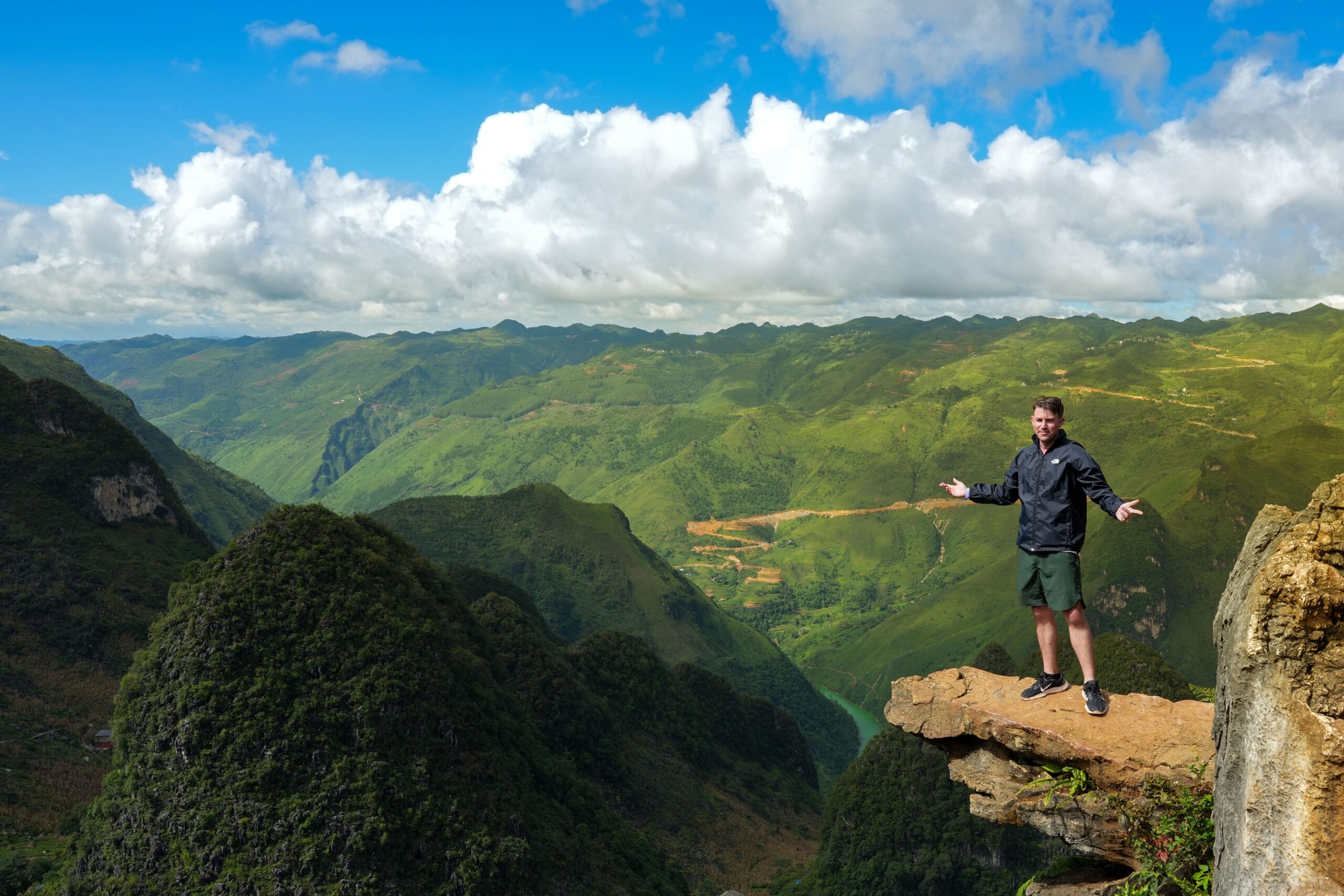
The Death Rock of Ha Giang A Challenge for Adventure Seekers
11. Expert Tips for an Unforgettable Ha Giang Trekking Tour
Experienced Ha Giang trekkers emphasize several strategies to maximize enjoyment of this extraordinary region. Building in buffer days proves essential, allowing flexibility to extend stays in particularly beautiful locations or accommodate weather delays without disrupting onward travel plans. The most memorable experiences often occur spontaneously an invitation to join a local wedding celebration, perfect photography light after an unexpected weather clearing, or a chance encounter with seasonal festivals.
Photography enthusiasts benefit from early morning starts when mountain light creates dramatic landscapes and villagers engage in daily activities. Carrying small gifts like school supplies for children or practical items like sewing needles for adults facilitates positive interactions better than candy or money. Learning even a few phrases in Vietnamese or local minority languages demonstrates respect that opens doors to more authentic exchanges.
Culinary adventurers should request cooking demonstrations at homestays where techniques for dishes like thắng cố (traditional Hmong stew) or men mén (corn flour dumplings) reveal cultural insights beyond what conversation alone provides. For physical preparation, incorporating regular stair climbing into pre-trip exercise routines specifically conditions muscles for Ha Giang’s steep terrain. Finally, maintaining flexibility and a positive attitude toward unexpected changes whether weather delays, trail detours, or improvised accommodations transforms potential frustrations into the authentic adventure stories that ultimately become cherished travel memories.
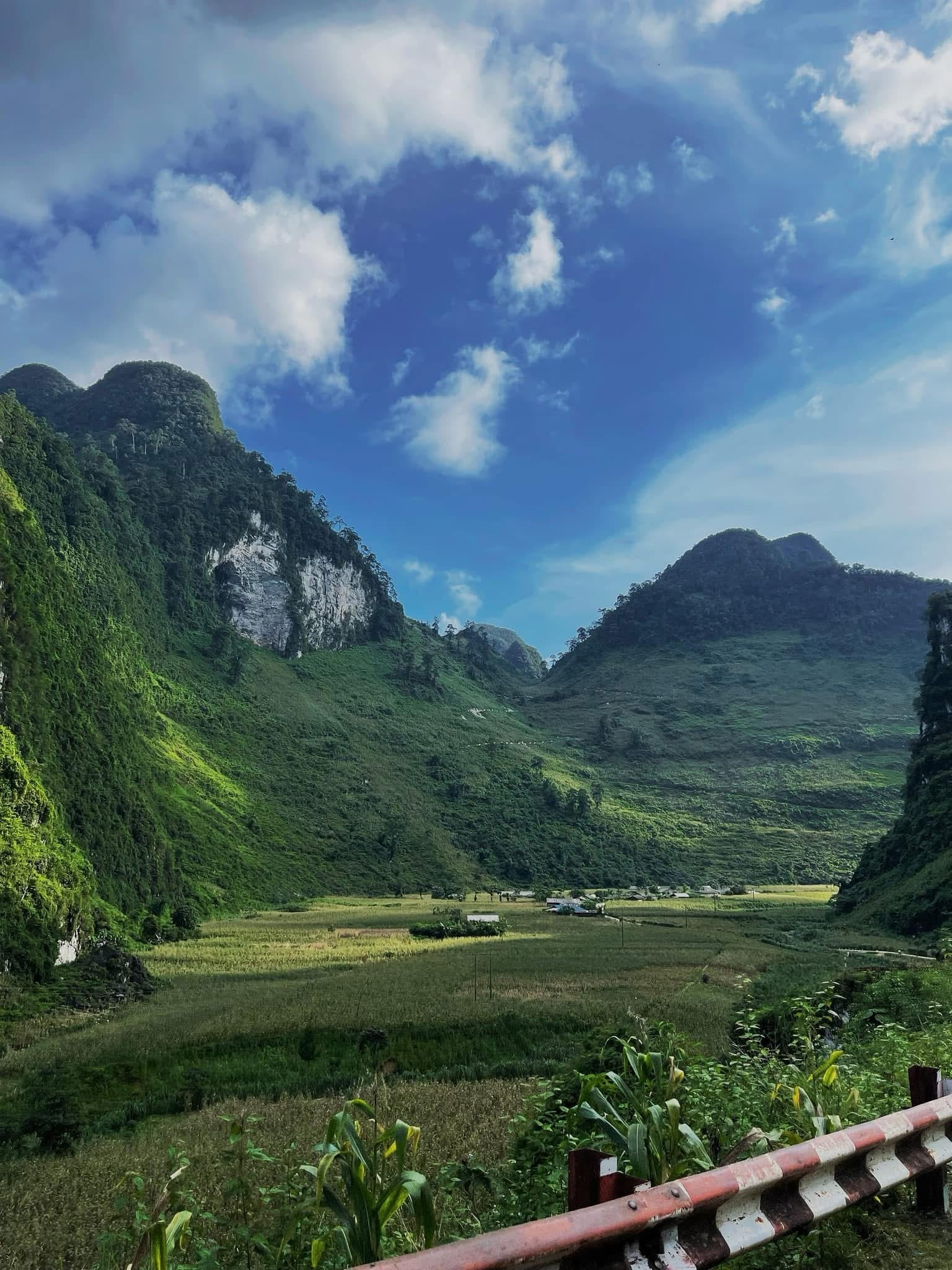
12. Frequently Asked Questions (FAQs)
Got a question about trekking in Ha Giang? Phieu Travel has gathered the most frequently asked questions right here. Let’s tackle them together so your trip is as amazing as it can be!
What are the best Ha Giang trekking tours in 2025?
For 2025, top-rated Ha Giang trekking experiences include Ha Giang Trails’ 3-day Dong Van Karst Plateau trek, Conical Travel’s immersive 5-day ethnic village circuit, and Mr. Linh’s premium 4-day adventure combining trekking with cultural experiences. Phieu Travel has emerged as a leading provider for customizable treks that balance authentic experiences with comfort considerations. The ideal choice depends on your timeframe, physical fitness, and specific interests in culture versus landscapes.
How difficult are the treks in Ha Giang? Are they suitable for beginners?
Ha Giang offers trekking options suitable for various fitness levels. Many 3-day itineraries feature moderate daily hikes of 5-10 kilometers with manageable elevation gains appropriate for reasonably fit beginners. More challenging routes with daily distances of 15-20 kilometers and significant climbs require previous trekking experience and regular fitness training. Reputable tour operators can adapt routes based on group capabilities, often offering alternative paths or optional transportation for particularly challenging sections.
What is included in a typical trekking tour package?
Standard Ha Giang trekking packages typically include English-speaking guides, necessary permits, homestay accommodations, all meals during the trek, water, transportation from Ha Giang City to trailheads, and return transfer upon completion. More comprehensive packages may add Hanoi transfers, sleeping bags or liners, trekking poles, and cultural performances at homestays. Budget tours sometimes exclude entrance fees to cultural sites or optional activities like boat rides on the Nho Que River.
What should I pack for a Ha Giang trekking tour?
Essential packing for Ha Giang treks includes broken-in hiking boots with ankle support, quick-dry clothing layers, rain protection, a day pack with rain cover, sun protection (hat, sunglasses, high-SPF sunscreen), basic first aid supplies, and a headlamp or flashlight for village homestays with limited electricity. Seasonal additions include warm layers for winter treks (December-February) and extra quick-dry clothing during the rainy season (May-September). A sleeping bag liner enhances comfort at basic homestays.
Do I need a permit to trek in Ha Giang? How do I get one?
Yes, all foreign visitors require a Ha Giang permit regardless of their activities in the province. The standard permit costs approximately 210,000-230,000 VND ($9-10 USD) and can be arranged through hotels, tour operators, or at the Ha Giang Immigration Office with passport submission. Additional special permits may be required for trekking in sensitive border areas like Lung Cu. Organized tours typically handle all permit arrangements as part of their service.
What is the best time of year to do a Ha Giang trekking tour?
September through November offers ideal trekking conditions with clear skies, moderate temperatures (15-25°C), minimal rainfall, and spectacular scenery including golden rice harvests and buckwheat flowers. March and April present another excellent window with comfortable temperatures and spring blooms. December through February brings clear mountain views but colder temperatures, especially at night. The summer monsoon season (May-August) features lush green landscapes but challenges trekkers with heavy rainfall and reduced visibility.
Is trekking in Ha Giang safe?
Trekking in Ha Giang is generally safe when proper precautions are taken. The greatest risks come from weather conditions (particularly landslides during rainy seasons) and the region’s remoteness from advanced medical facilities. Using experienced guides, checking weather forecasts, maintaining appropriate fitness levels, and purchasing comprehensive travel insurance mitigate these risks. Ha Giang experiences very low crime rates, with locals typically demonstrating exceptional hospitality toward foreign visitors.
Can I do Ha Giang trekking tours without a guide?
While technically possible, independent trekking in Ha Giang presents significant challenges including language barriers, unmarked trails, permit requirements, and limited emergency support. Even experienced trekkers benefit from local guides’ knowledge of seasonal trail conditions, cultural protocols in ethnic villages, and hidden scenic spots not found in guidebooks. For those prioritizing independence, hiring guides for specific days while arranging personal transportation between major towns offers a balanced compromise.
What are the highlights of the Ha Giang trekking routes?
Ha Giang’s trekking highlights include the UNESCO-recognized Dong Van Karst Plateau with limestone formations dating back 400 million years, terraced rice fields changing colors with seasons, Tu San Canyon (Southeast Asia’s deepest gorge), diverse ethnic minority villages with distinct architecture and traditions, pristine mountain forests with rich biodiversity, seasonal flower displays including buckwheat and ban (wild bauhinia) blooms, and dramatic mountain passes offering panoramic vistas across multiple provinces and into neighboring China.
How do Ha Giang treks compare to the Ha Giang motorbike loop?
Trekking offers deeper immersion and access to villages and landscapes inaccessible to vehicles, while the motorbike loop covers more geographical territory in less time. Trekking provides more authentic cultural interactions, physical engagement with the landscape, and reduced environmental impact. The motorbike experience delivers the famous Ma Pi Leng Pass views and efficient coverage of major landmarks. Many travelers now choose combination experiences with sections of motorized transport connecting multi-day treks in specific regions.
What cultural experiences can I expect on a Ha Giang trek?
Trekking in Ha Giang facilitates rich cultural experiences including overnight homestays with ethnic minority families, participation in traditional activities like textile weaving or agricultural work, sampling authentic local cuisine prepared in traditional kitchens, visiting village markets where multiple ethnic groups gather to trade, observing or joining seasonal festivals and ceremonies when timing allows, learning about traditional herbal medicine practices (particularly with Red Dao communities), and appreciating architectural styles unique to each ethnic group.
Are English-speaking guides available for Ha Giang trekking tours?
Yes, many tour operators now provide English-speaking guides for Ha Giang treks, though fluency levels vary considerably. Premium tour providers employ guides with excellent English communication skills, while budget options may offer guides with more basic language abilities supplemented by translation apps. The most knowledgeable guides often come from local ethnic communities and have learned English specifically for tourism, combining authentic cultural knowledge with sufficient language skills for meaningful exchanges.
A Ha Giang trekking tour isn’t just a journey to see landscapes; it’s an adventure to rediscover what’s authentic. Every step you take, every hill you conquer, and every encounter with local villagers will become a cherished memory.
From the breathtaking rice terraces and the majestic rocky mountains to the warmth of local smiles and traditional cultures, Ha Giang will always offer something surprising and meaningful. Pack smart, keep an open mind, and you’ll have one of the most incredible travel experiences of your life.
Ready for your adventure? Start planning your trip with Phieutravel.com and turn your dream of exploring Ha Giang into a reality!
Read more:
- Ha Giang Motorbike Loop: The Ultimate Tour with Phieu Travel
- Lung Tam Weaving Village: The Living Heart of Hmong Linen Craft in Ha Giang
- 3 Days 2 Nights Ha Giang Loop tour package from Phieu Travel
- Driving License Requirements for Vietnam Motorbike Loop (2025 Guide)

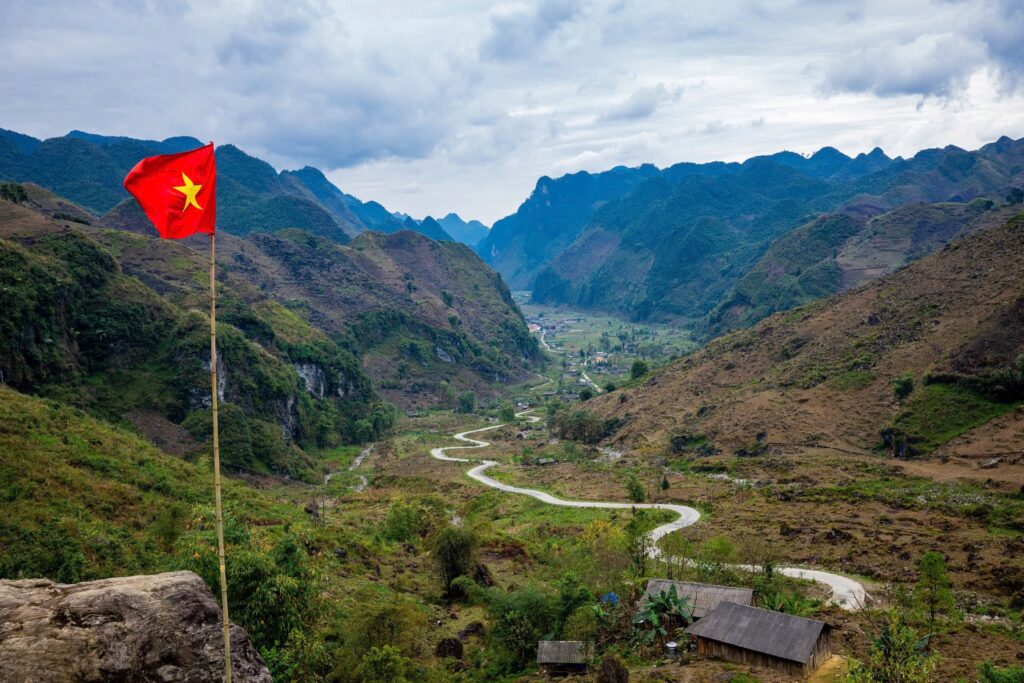
You Might Also Like
Ha Giang Weather in September: Complete Guide for Travelers
Exploring the magnificent Ha Giang Loop in September offers travelers a perfect balance of favorable[...]
Quan Ba Twin Mountains: Ha Giang’s Iconic Fairy Hills and Complete Travel Guide
The mystical Quan Ba Twin Mountains rise from the emerald valleys of Ha Giang like[...]
Vuong family mansion: the architectural marvel and cultural legacy of Ha Giang
Deep in Vietnam’s northern highlands, where mist-shrouded mountains meet terraced rice fields, stands a testament[...]
Ha Giang Loop Safety Tips: How to Ride Securely in Vietnam’s Northern Mountains
The Ha Giang Loop, with its winding mountain roads and breathtaking landscapes, offers one of[...]
The Ultimate Guide to the M-Shaped Curve on Ha Giang Loop
Vietnam’s remote northern province of Ha Giang hides a natural wonder that has captivated adventurous[...]
Most Beautiful Places to Visit in Vietnam: Essential Destinations and Insider Tips
Vietnam captivates travelers with its stunning landscapes, rich cultural heritage, and warm hospitality. From mist-shrouded[...]
Beyond the Beaten Path: Discovering Ha Giang Province in Northeast Vietnam
Ha Giang Province in Northeast Vietnam stands as one of the country’s last frontiers for[...]
Rainy season in Ha Giang: what to expect, when to go, and travel tips
Vietnam’s northern frontier reveals a different face during the rainy season, transforming Ha Giang’s limestone[...]